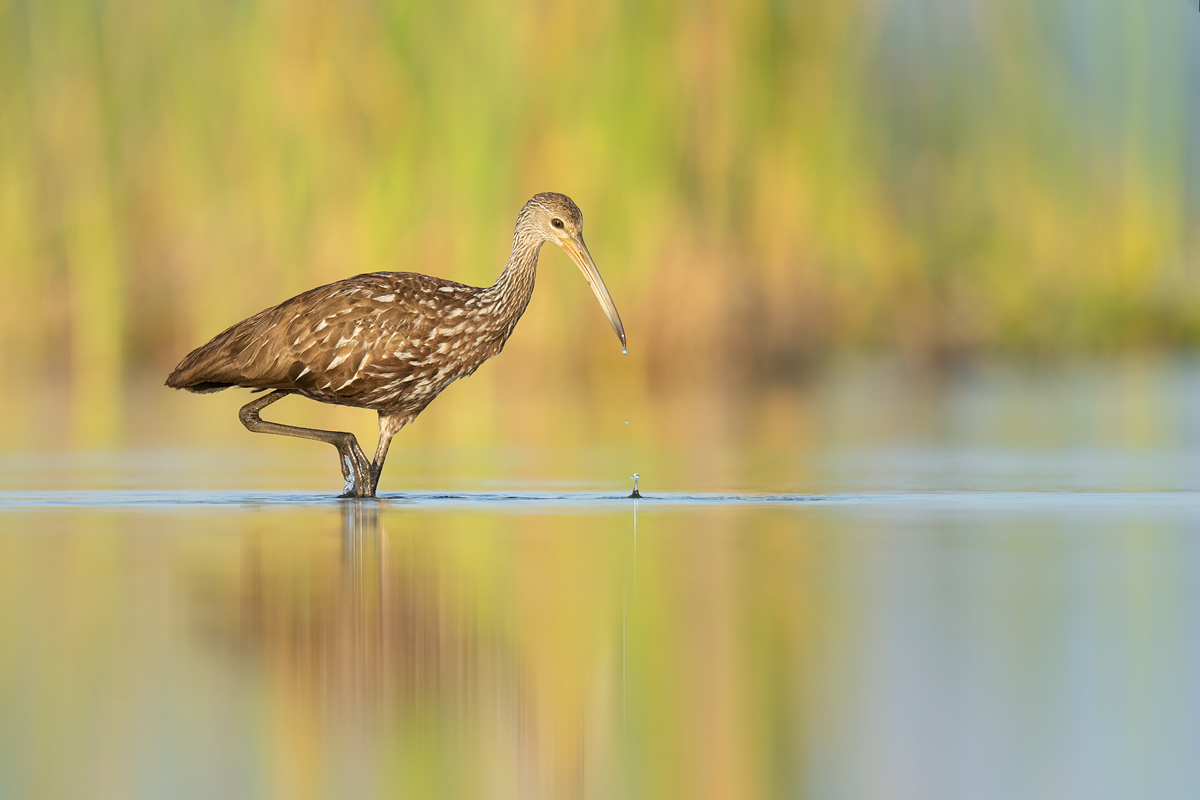

A four-minute exposure using the 10 ND and the three-stop “hard step” filter gave the image the surreal look I was after. This is another post conversion to black-and-white. The moving cloud bank was apparent, and using the 10 ND and an eight-minute exposure allowed the clouds to create surreal streaks as they moved out of the frame.
VIVEZA 2 MANUAL PRO
In post I used Nik Software’s Silver Efex Pro 2 to convert the image to black-and-white.īadlands. I used a 10 ND filter because of the late morning’s very bright sky. The soft cloud bank slowly moving across the sky creates a stark contrast to the structure, and the moving ocean takes on a smooth, mirror-like look in this four-minute exposure. In postproduction I used Nik Software’s Viveza 2 to darken and add structure to the rocks.ĥ9th Street Pier. The rocks were properly exposed, but the clouds were blown out, so I shot a second frame and hand held in front of the lens a Singh-Ray three-stop “hard step” ND filter for the entire exposure to darken the clouds. I’d estimated a two-minute exposure with my 5 ND filter for the late afternoon light. Here are some short notes on the long-exposure photos you see here. If you decide to use noise reduction, remember that it can double the write time of the image to the memory card. Most of the time I have noise reduction turned off for these images, as my multi-minute exposures are generally shot in bright light. I check the result on the LCD, then either make adjustments or move on to the next scene. When the timer sounds, I close the shutter. Next I add the chosen ND filter or filter stack to the lens, lock and press the cable release and set my iPhone’s clock timer to count down the exposure length. With exposure time and ND factor entered, the app automatically calculates and displays the exposure time. Cable release required!) Then I take a single, properly exposed image, note the shutter speed and enter that speed in the LongTime Exposure Calculator app on my iPhone, along with the amount of neutral density I’m going to use. (I once forgot my cable release and tried to hold the shutter release down with my finger. I start with my camera on a solid tripod and my MC-30 cable release attached so I can lock the shutter open for the length of the exposure.
VIVEZA 2 MANUAL TRIAL
With the trial and error that’s almost always involved comes sharper judgments and quicker decisions. And the look I want-lots of cloud movement, for example-gives me the clue to exposure time. On a very bright day I know from experience that my 5 ND filter won’t do the job, so the 10 ND is my starting point. Holding back that much light means a very long exposure-one minute, two minutes and more-which is exactly what I want.

I can also stack them-that is, use them together on my lens-for 15 stops of neutral density. I use 5 ND and 10 ND Singh-Ray Mor-Slo filters, which hold back five and ten stops of light, respectively. For very long exposures the one thing you don’t want, after camera movement, is too much light reaching the sensor. Next comes neutral density (ND) filters-uniformly dark filters which, when placed onto a lens, hold back light. I define the long exposures needed for these images as lasting over one minute, and for exposures that long the first essential is a tripod. They take place over time, and the way to capture them in often surprising images is to first become familiar with some basic techniques of long-exposure photography, and then collect some essential gear. The ebb and flow of water and the streaming of clouds are perhaps the most common examples. The cumulative effects of events happening all around us in the outdoor world are invisible to us.


 0 kommentar(er)
0 kommentar(er)
